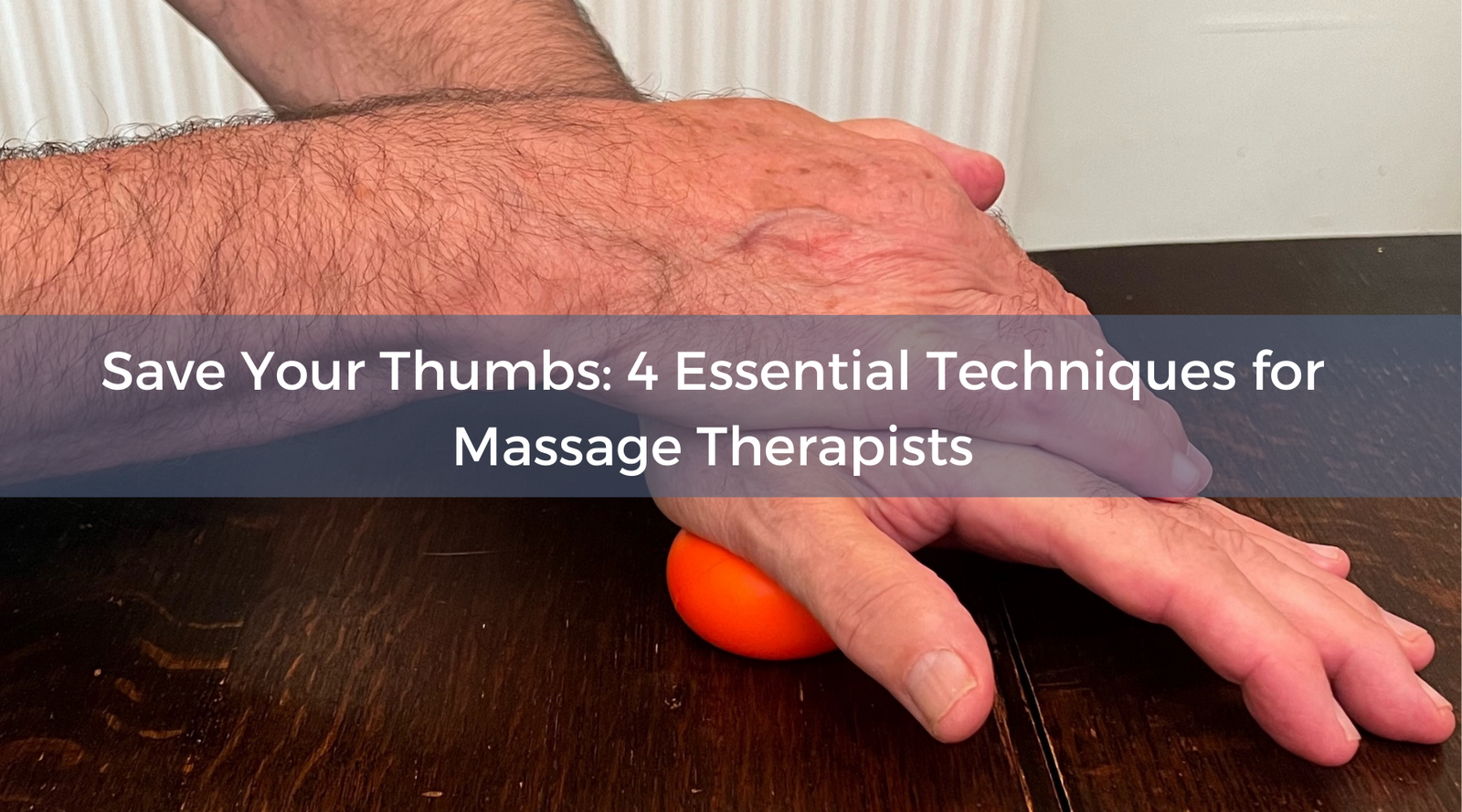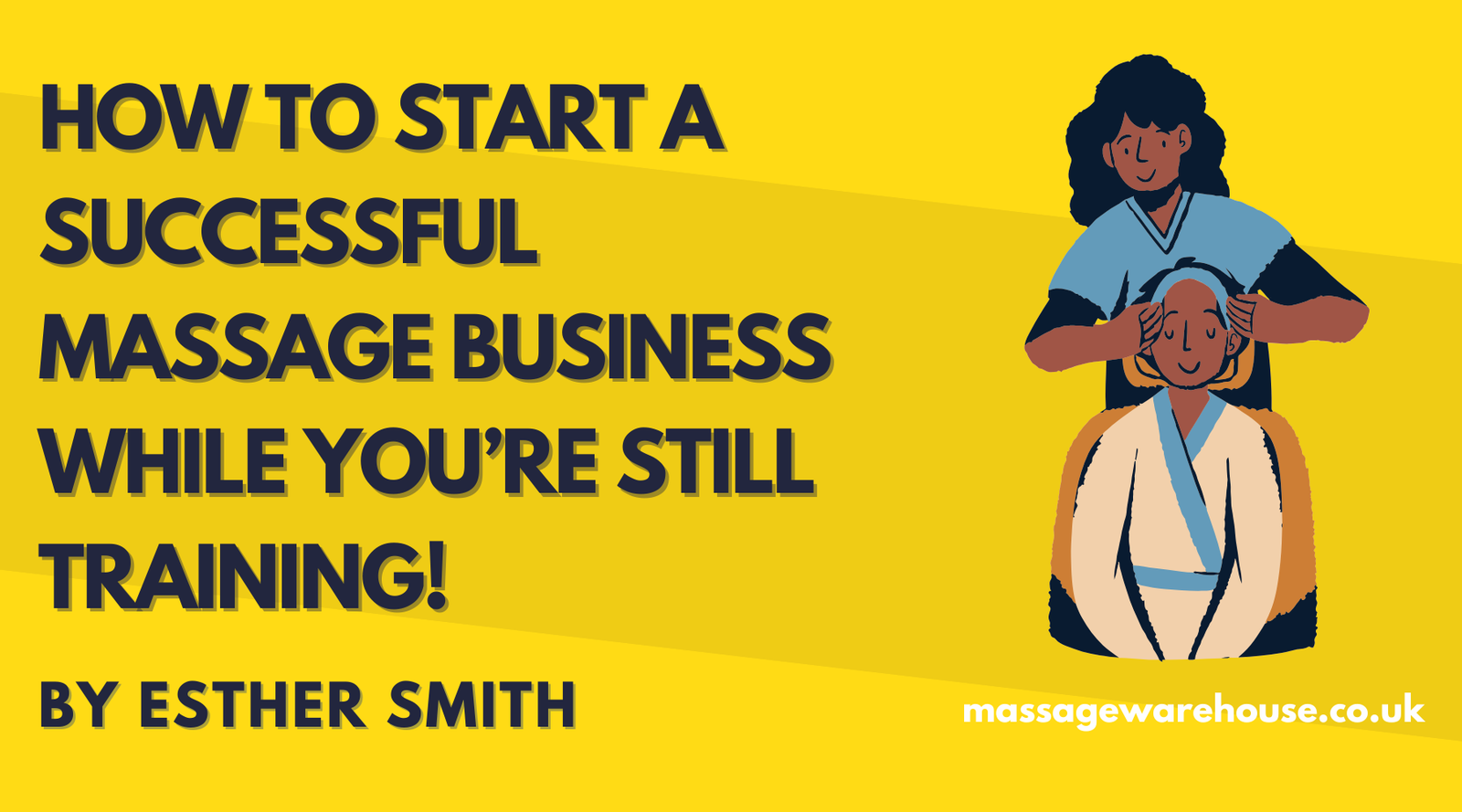Your Cart is Empty
Love the Massage 2 Go. Ideal for office visits & less mobile clients. Massage Warehouse is my go to for everything massage. Great service, good prices. Love, love, love them.
As a beauty therapist who does lash lifts, brows and waxing and massage I needed a light weight massage table as my old one was falling apart and this one is great. Sturdy and clients are loving it especially larger clients
Happy with purchase. New business venture so saving for a couch, which will no doubt be ordered from Massage Warehouse.
This is an excellent addition. My clients find it extremely comfortable, so I thoroughly recommend it!
Amazing product, well made and high quality. Fantastic service and speedy delivery. Will be a retuning customer


















